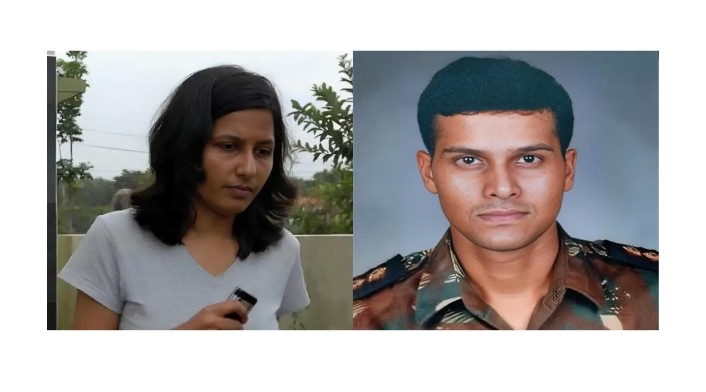From Traditional Beats to Modern Moves: The Evolution of Dance in Saudi Arabia

Dance in Saudi Arabia is a key cultural element, evolving over time by blending traditional rhythms with modern styles. This article explores the evolution of dance, from its ancient origins to today’s vibrant scene. Serving as a form of expression and celebration, dance reflects the country’s rich heritage and diverse influences, showcasing the resilience and adaptability of its people.
Ancient Roots: Traditional Saudi Dances
- Saudi Arabia has a long history of traditional dances that are deeply rooted in its cultural fabric. These dances vary across different regions of the country, each with its unique style and significance. Some of the most prominent traditional dances include:
- Ardha: The Ardha is a traditional dance form that originated in the Najd region of Saudi Arabia. It is a captivating display of strength and unity, performed by a group of men carrying swords. The rhythmic movements and synchronized steps of the dancers create a mesmerizing spectacle.
- Zar: The Zar dance is a spiritual dance performed mainly by women. It is believed to have originated in ancient times as a form of healing and exorcism. The dancers enter a trance-like state, accompanied by rhythmic drumming and chanting. The Zar dance is still practiced in some parts of Saudi Arabia today.
Influences from the Arab World
- Saudi Arabia’s dance traditions have also been influenced by the broader Arab world. The exchange of cultural practices and artistic expressions has played a significant role in shaping the country’s dance evolution. Some notable influences include:
- Belly Dance: Belly dance, also known as Raqs Sharqi, has profoundly impacted Saudi Arabian dance. This sensual and expressive dance form originated in Egypt and has become popular across the Arab world. Its graceful movements and intricate hip isolations have entered Saudi Arabian dance styles.
- Dabke: Dabke is a traditional folk dance that is widely performed in the Levant region, including countries like Lebanon, Syria, and Jordan. This energetic dance involves synchronized footwork and line formations. Dabke has gained popularity in Saudi Arabia, with local variations incorporating elements of the dance into their performances.
Modernization and Global Influences
In recent years, Saudi Arabia has undergone significant social and cultural transformations. These changes have profoundly impacted the evolution of dance in the country. With society’s opening up and globalization’s influence, Saudi Arabian dancers have embraced modern dance styles and fused them with their traditional roots.
- Contemporary Dance: Contemporary dance has gained popularity among Saudi Arabian dancers, offering a platform for artistic expression and experimentation. This dance form combines elements of ballet, modern dance, and improvisation, allowing dancers to explore new movements and narratives.
- Hip-Hop and Street Dance: The rise of hip-hop and street dance culture has also made its mark on the Saudi Arabian dance scene. Young dancers incorporate urban dance styles such as breakdancing, popping, and locking into their performances, adding a modern and dynamic flair to their routines.
Conclusion
The evolution of dance in Saudi Arabia is a testament to the country’s rich cultural heritage and its openness to embracing new influences. Saudi Arabian dancers have continuously adapted and innovated from the traditional beats of the Ardha and Zar to the modern moves of contemporary and street dance. The fusion of traditional and modern dance styles has created a vibrant and diverse dance scene in the country.




